Panko
Panko (Votes for Women) suffragette card game published by Peter Gurney Ltd, c.1912.
PANKO or Votes for Women, the great card game of Suffragist v. Anti-Suffragist activists with illustrations by Edward Tennyson Reed of “Punch” magazine, published by Peter Gurney Ltd., named after the leader of the British suffrage movement, Emmeline Pankhurst (1858-1928).
There are four Suffragist suits and four Anti-Suffragist suits, each consisting of six identical cards except the “Turn ‘Em Out” and “Anti-Suffrage” suits which have 6 different cards. Players exchange cards and try to collect a complete suit. See the Rules►
There were 2 editions of the game, the first having no red or green numbers. This was eventually corrected as it was not easy for the players to distinguish quickly what they had in their hand. This must have slowed it down and defeated the frantic speed needed for it to be fun to play. First published in c.1910.
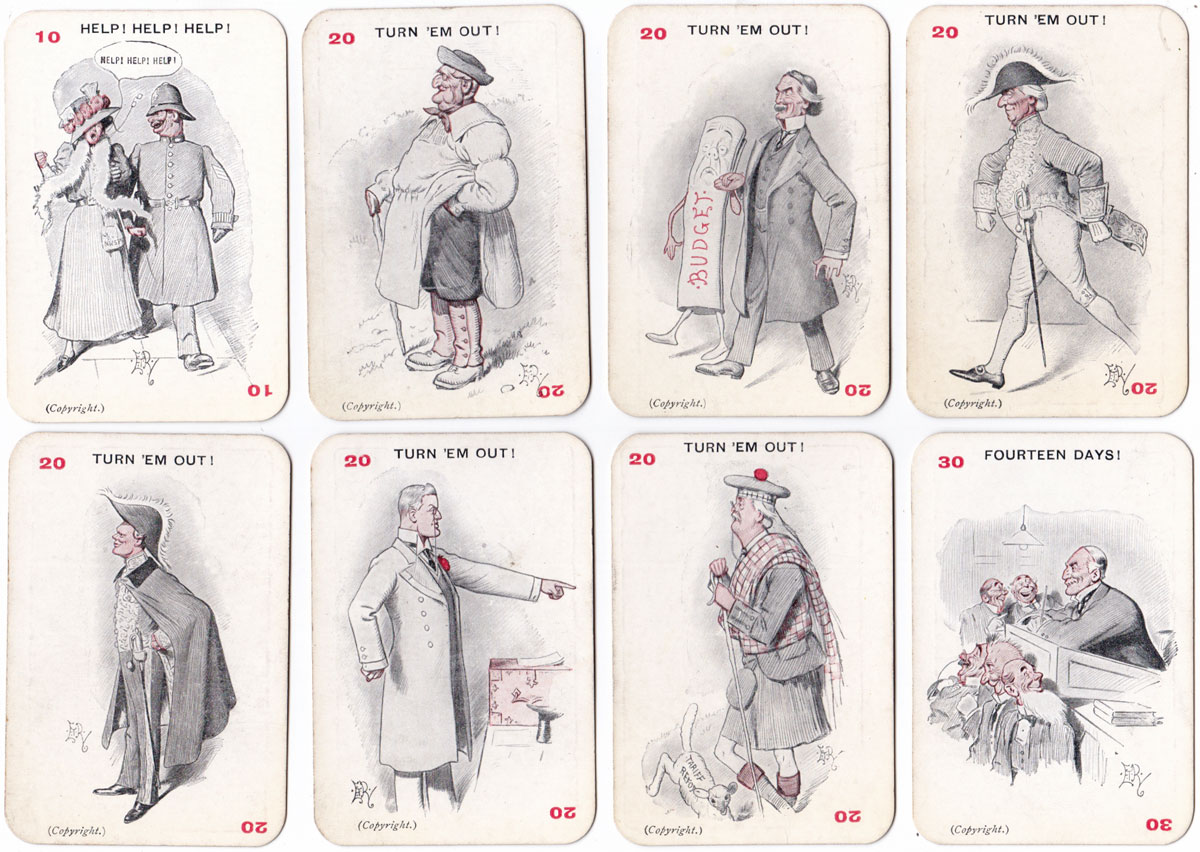
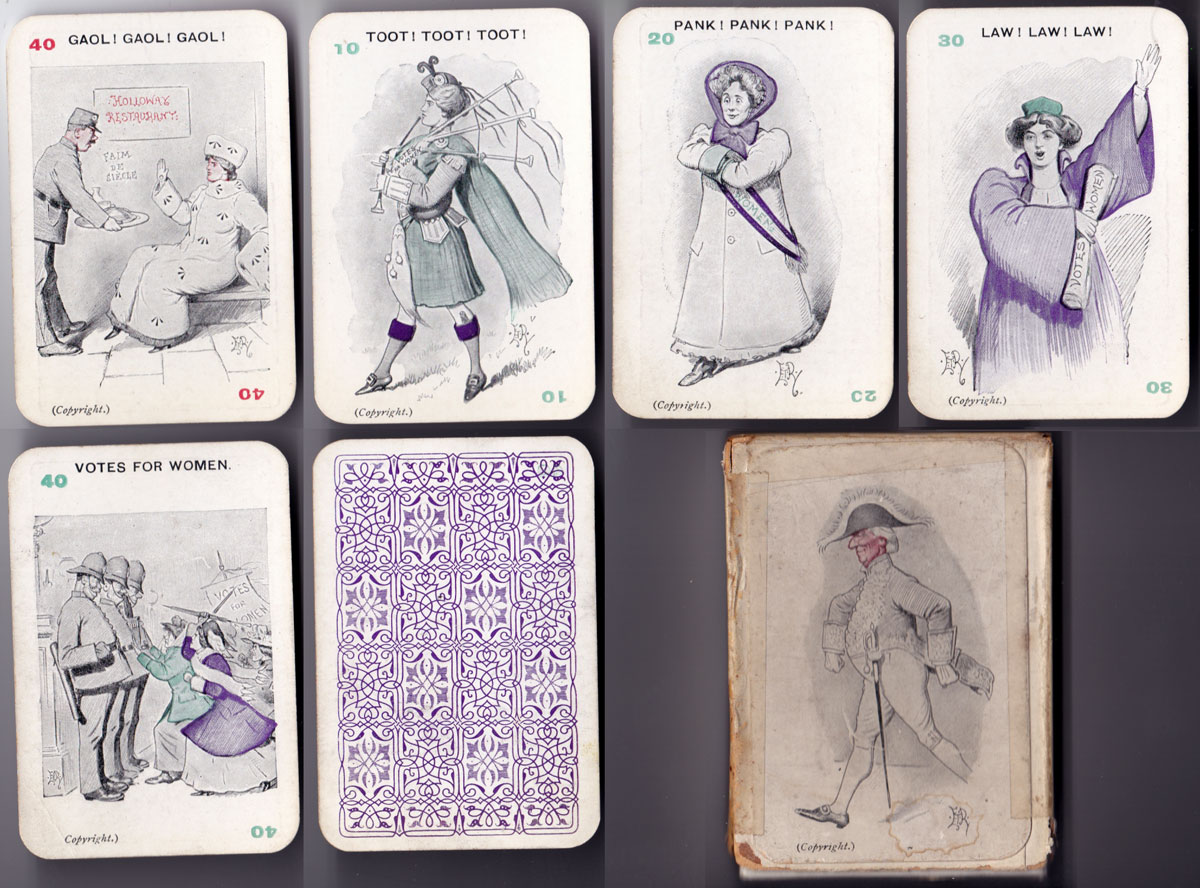
Above: Panko (Votes for Women) card game published by Peter Gurney Ltd., 2 Breams Buildings, London E.C. 48 cards + rules in box. First published in c.1910.
By Rex Pitts (1940-2021)
United Kingdom • Member since January 30, 2009
Rex's main interest was in card games, because, he said, they were cheap and easy to get hold of in his early days of collecting. He is well known for his extensive knowledge of Pepys games and his book is on the bookshelves of many.
His other interest was non-standard playing cards. He also had collections of sheet music, music CDs, models of London buses, London Transport timetables and maps and other objects that intrigued him.
Rex had a chequered career at school. He was expelled twice, on one occasion for smoking! Despite this he trained as a radio engineer and worked for the BBC in the World Service.
Later he moved into sales and worked for a firm that made all kinds of packaging, a job he enjoyed until his retirement. He became an expert on boxes and would always investigate those that held his cards. He could always recognize a box made for Pepys, which were the same as those of Alf Cooke’s Universal Playing Card Company, who printed the card games. This interest changed into an ability to make and mend boxes, which he did with great dexterity. He loved this kind of handicraft work.
His dexterity of hand and eye soon led to his making card games of his own design. He spent hours and hours carefully cutting them out and colouring them by hand.

Leave a Reply
Your Name
Just nowRelated Articles
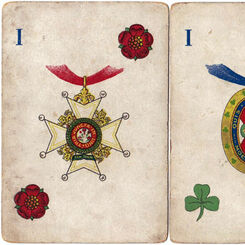
Union Jack
Union Jack card game published by C.W. Faulkner & Co., c.1897-1902.

Valentine’s Games
Valentine & Sons Ltd, Dundee & London, were greeting card and book publishers who also produced play...
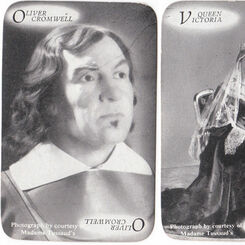
Have A Go
Have A Go card game published by Photo-Briton Ltd featuring photographs of waxwork figures from Mada...

Oppo
Oppo, a game of opposites, published by J. Jaques & Son, Ltd, c.1920s.
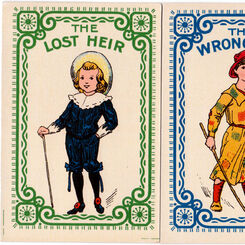
The Lost Heir
“The Lost Heir” was first issued by J. W. Spear and Sons in UK in 1912.
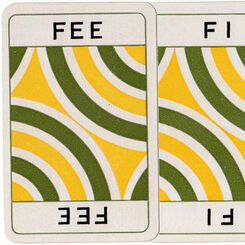
Fee-Fi-Fo-Fum
Fee-Fi-Fo-Fum published by C.W. Faulkner & Co Ltd, c.1925.
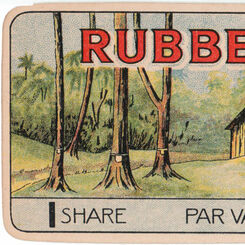
On Spec
“On Spec” is a round game based on selling stocks and shares, published by John Jaques & Son, c.1920...
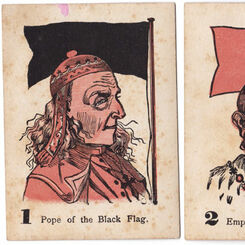
Four Flags
The Game of Four Flags published by Multum in Parvo, 1884
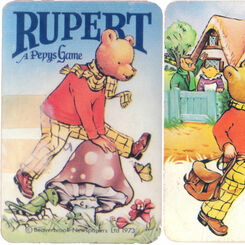
Rupert
Rupert, a Pepys Game, 1973.
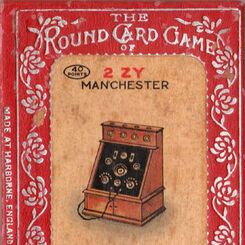
Sparx
‘Sparx’ card game, or ‘Listening In’, published by Chad Valley Games, c.1925.
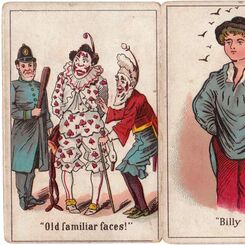
Anonymous Snap game
Anonymous “Snap” game from the late 19th century.
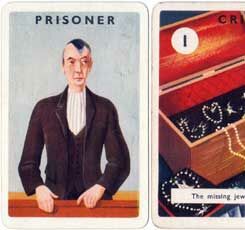
Alibi
“Alibi” the thrilling card game by Haytor, Tor Productions, 1930s.
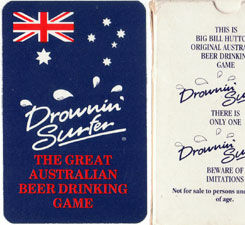
Drownin’ Surfer
Drownin’ Surfer card game
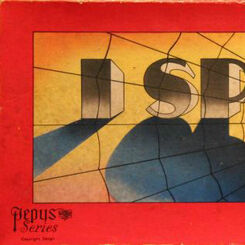
Board Games by Pepys
Pepys board games which may be interesting to see.
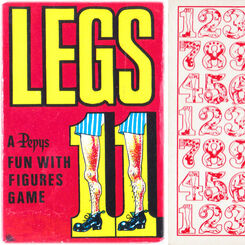
Legs Eleven
Legs Eleven card game by Pepys, 1974.
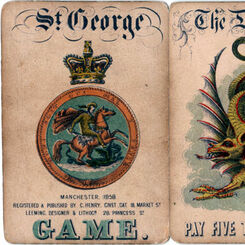
St George Game
St George Game, 1858, depicting St George and other saints engaged in battle slaying the dragon to s...
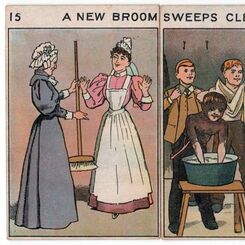
Picture Proverbs
Picture Proverbs was a Victorian card game illustrating popular proverbs which were seen as words of...
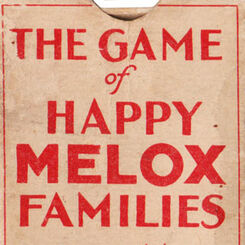
Happy Melox Families
The “Game of Happy Melox Families” was published by G. Clarke & Son of Thomas Street, London, in 192...
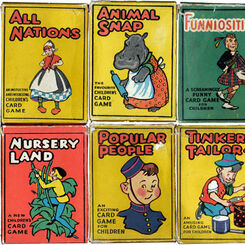
Waddy Productions
Waddy Productions Ltd was a member of the giant Amalgamated Press group and only published card game...

Caught in a Trap
A Victorian card game telling a story of a victim being ensnared in a trap, being caught, and finall...
Most Popular
Our top articles from the past 60 days


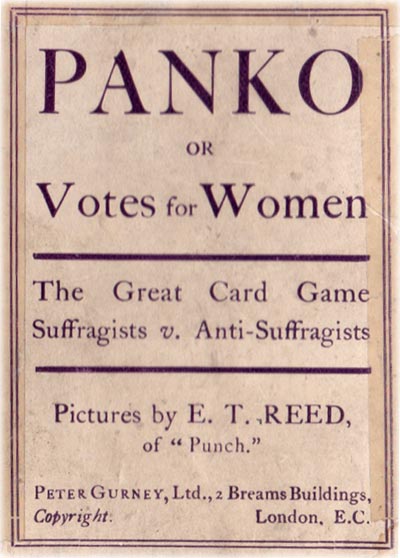
 Your comment here. Your comment here. Your comment here. Your comment here. Your comment here. Your comment here. Your comment here. Your comment here. Your comment here. Your comment here. Your comment here. Your comment here. Your comment here. Your comment here. Your comment here. Your comment here. Your comment here. Your comment here. Your comment here. Your comment here. Your comment here. Your comment here. Your comment here. Your comment here. Your comment here. Your comment here. Your comment here. Your comment here. Your comment here. Your comment here. Your comment here. Your comment here.
Your comment here. Your comment here. Your comment here. Your comment here. Your comment here. Your comment here. Your comment here. Your comment here. Your comment here. Your comment here. Your comment here. Your comment here. Your comment here. Your comment here. Your comment here. Your comment here. Your comment here. Your comment here. Your comment here. Your comment here. Your comment here. Your comment here. Your comment here. Your comment here. Your comment here. Your comment here. Your comment here. Your comment here. Your comment here. Your comment here. Your comment here. Your comment here.




















